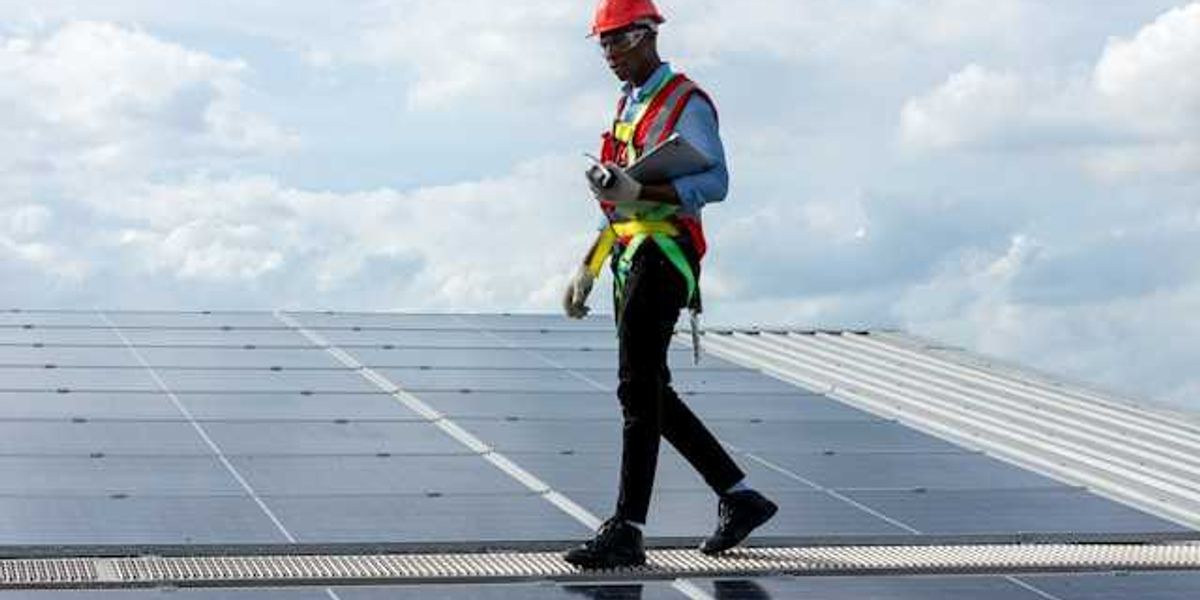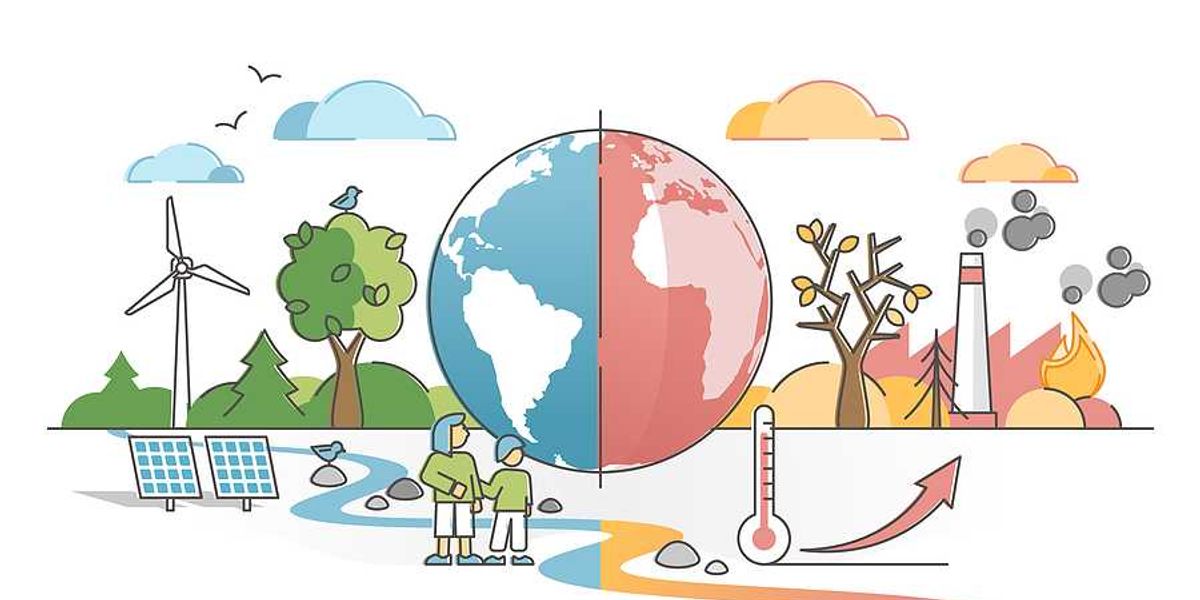
EPA halts updates to top greenhouse gas database after scientist’s suspension
The U.S. Environmental Protection Agency will stop updating a widely used greenhouse gas emissions database after suspending its creator for signing a letter critical of the Trump administration’s science policies.
Harry Stevens reports for The New York Times.
In short:
- Wesley Ingwersen’s U.S. Environmentally-Extended Input-Output, or USEEIO, model — a top federal dataset used by companies to calculate supply chain emissions — will remain public but will no longer be updated by the EPA.
- Ingwersen, suspended for joining an open letter accusing the administration of undermining EPA’s mission, is leaving for Stanford University, where a consortium will keep the database free and updated.
- Critics warn that moving such research to the private sector could reduce credibility, while some companies rely on the data to comply with upcoming European Union and California reporting rules.
Key quote:
“Moving data to the private sector with private motivations such as profit, power, market share or competitive advantage makes the data less trustworthy and therefore less valuable.”
— Paul Anastas, former EPA assistant administrator for research and development
Why this matters:
Reliable greenhouse gas emissions data underpins corporate climate reporting, environmental regulation, and public understanding of the carbon footprint of goods and services. When such information is left to private stewardship, transparency can be harder to guarantee and trust can erode — especially when profit or competitive advantage enters the equation. Losing government-backed updates could create gaps in how accurately companies measure and reduce pollution, particularly as jurisdictions like California and the European Union expand mandatory reporting.
Read more: The Trump administration’s meddling in science agencies has sparked a staff revolt













